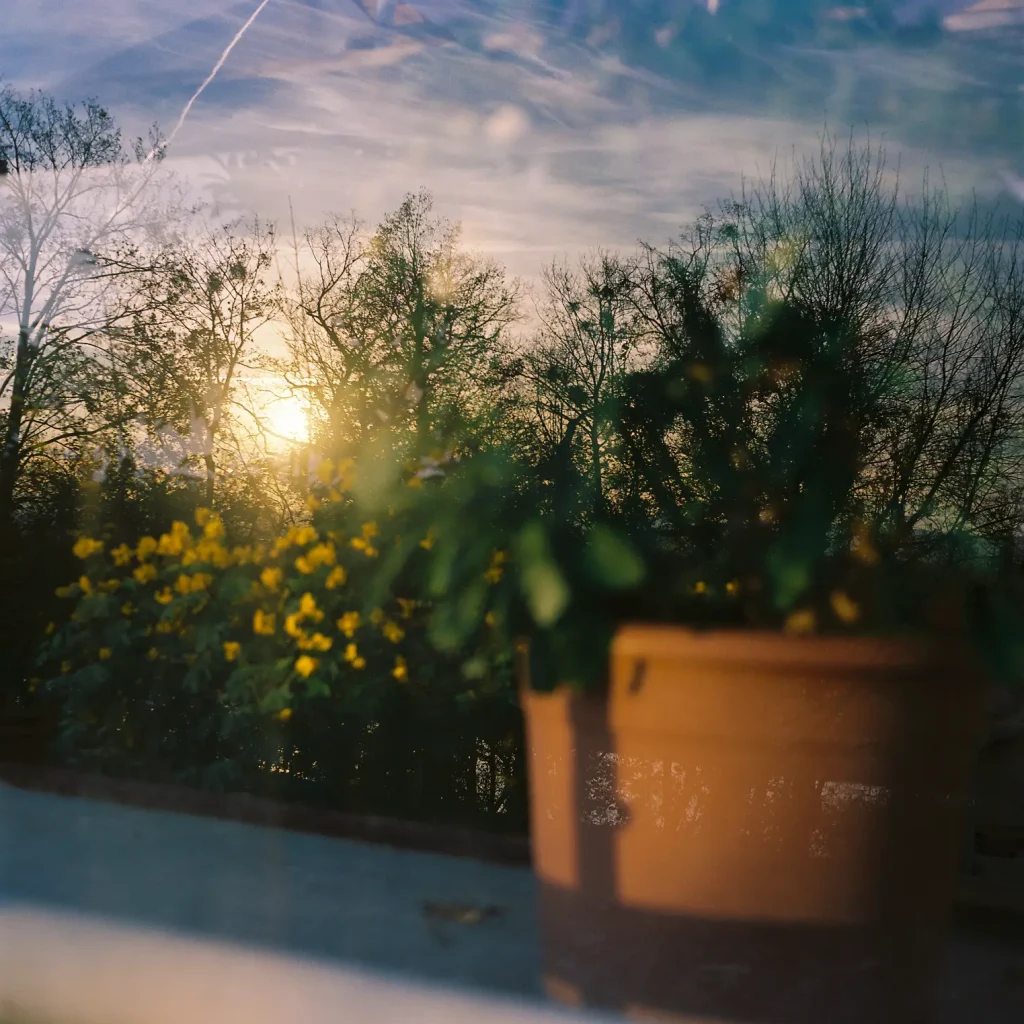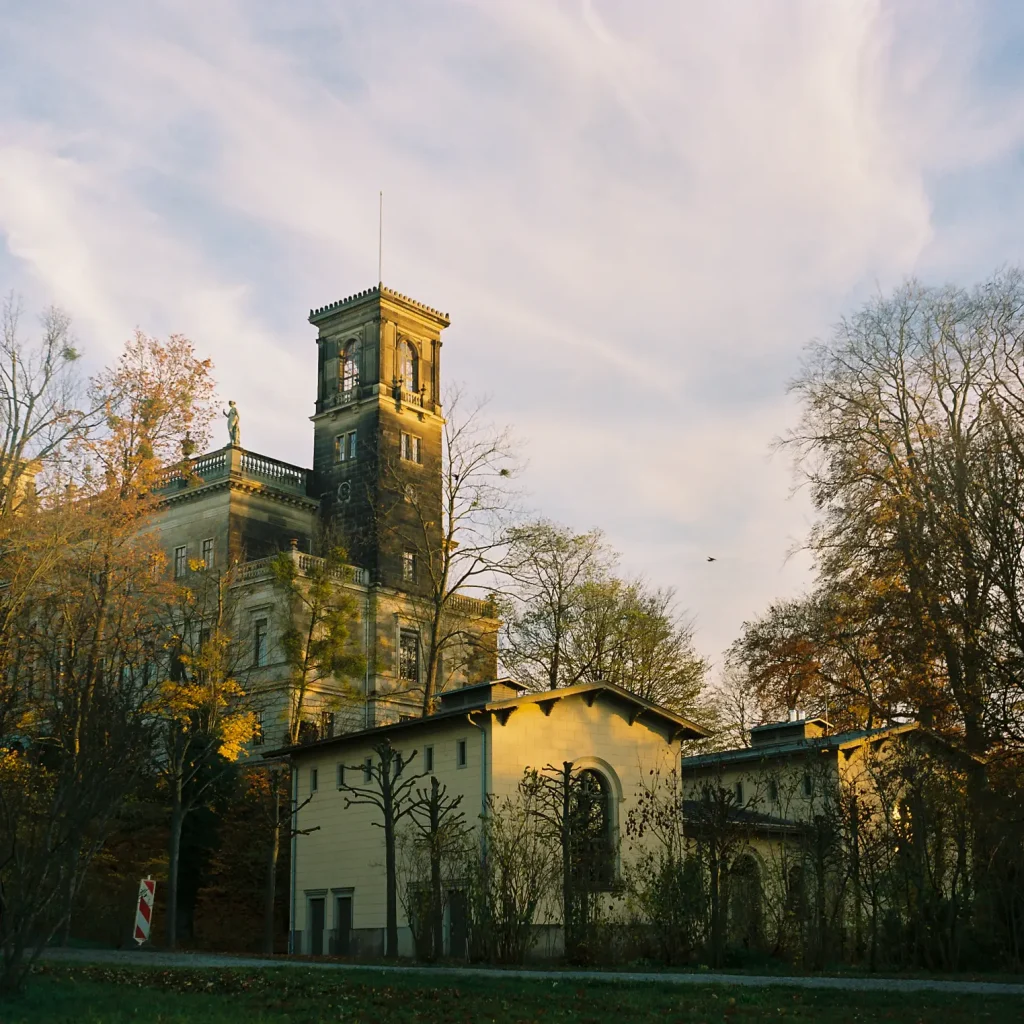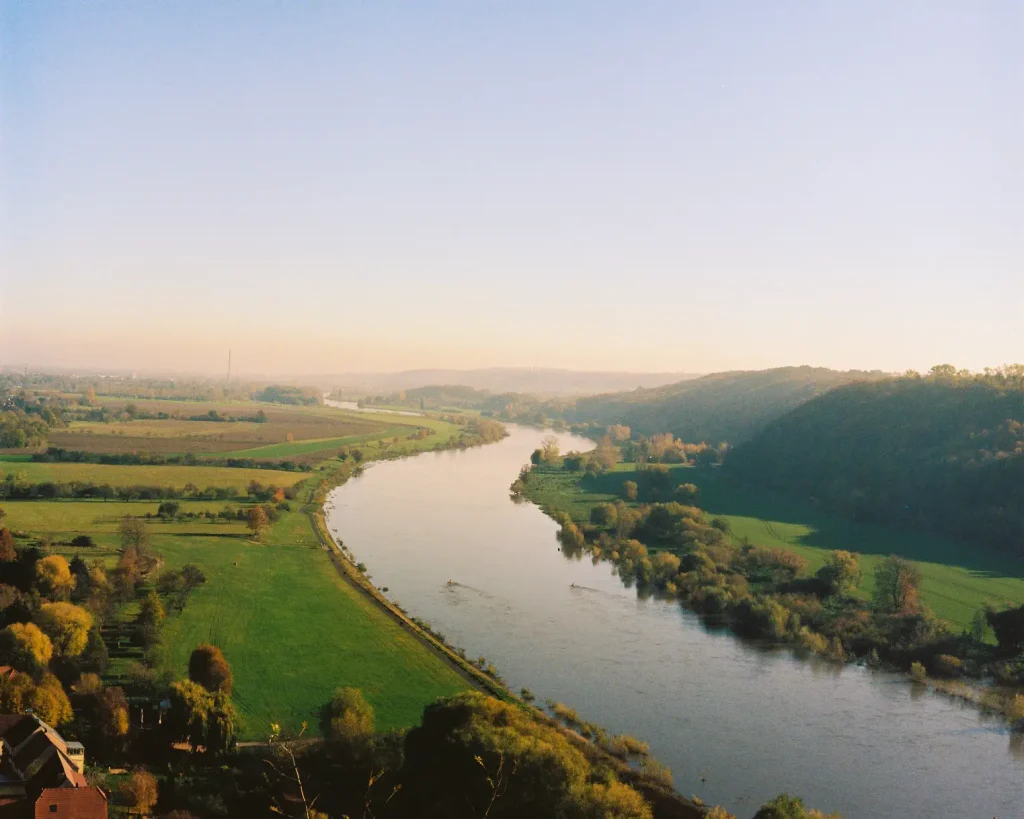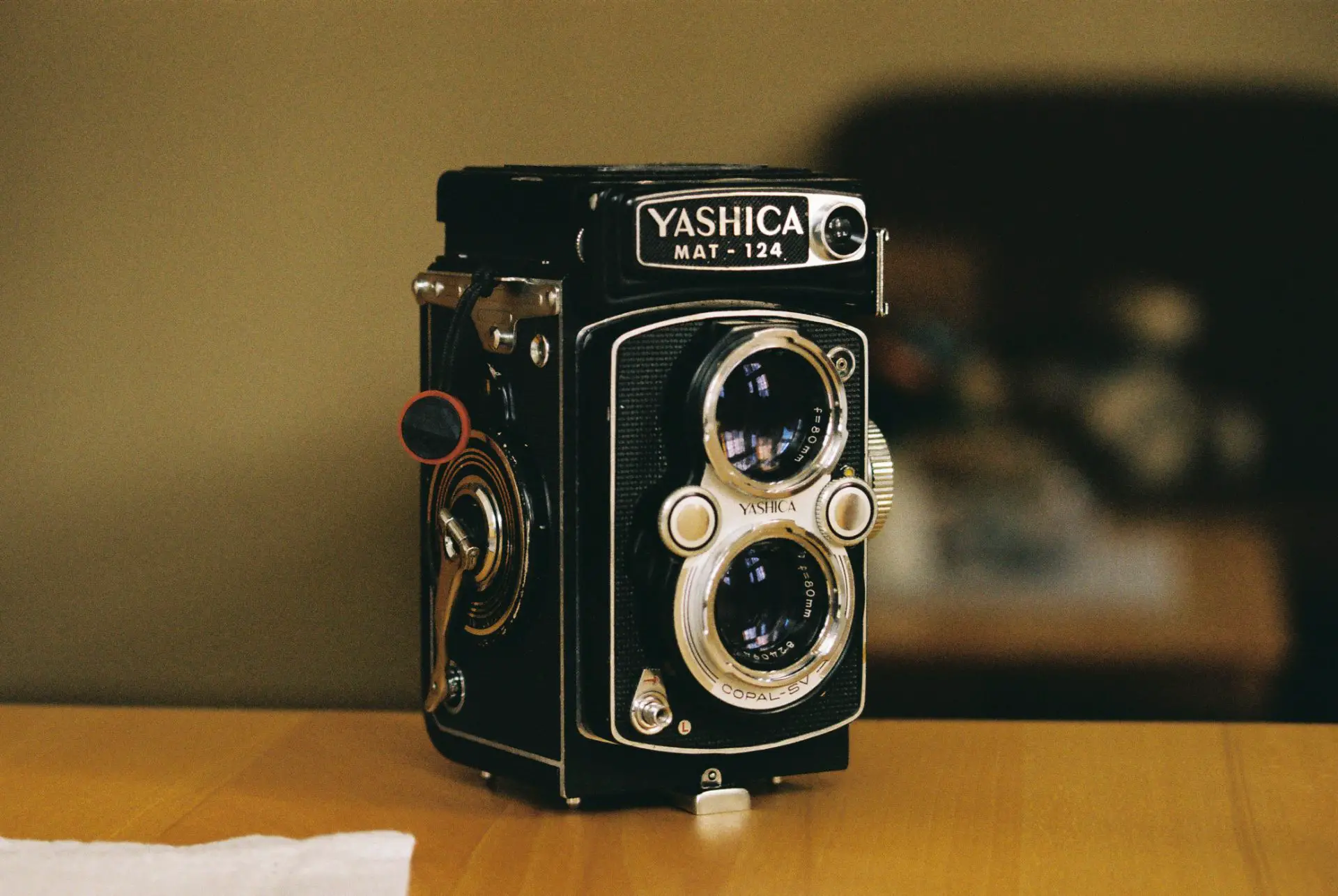There are two types of film cameras for me that hold a really special experience, Rangefinders, and Twin-Lens Reflex’. I find that especially the latter offers me a very unique perspective, not only on photography but on reality itself.
A rather unique view of the world
Every time I hand my beloved Yashica Mat 124 to a friend or family member I get two very different reactions. The first one is usually some type of confusion that something weird is happening with the picture in the viewfinder when moving the camera – it seems to be mirrored. That feeling seems to vanish rather quickly and they notice that the picture in the viewfinder somehow looks more beautiful than real life. The colors seem more natural and vibrant, and the contrast seems to be rather perfect.
It’s perhaps no wonder that pictures taken down into these viewfinders are so popular on Instagram. It is a very unique view of the world indeed.
Design Quirks
TLRs are unusual cameras. It all comes down to the unique Twin-Lens design. There are two lenses on a TLR body, one for framing, the “viewing lens”, and one the film sees, the “taking lens”.
The viewing lens is coupled to a big and bright waist-level viewfinder. In contrast to conventional SLR type of cameras where the image is reflected two times (from the mirror and prism inside the housing) and will appear in a “normal” orientation, the picture that appears on the viewfinder in TLRs is mirrored. The mirrored image takes some time to get used to. In the beginning, it feels natural to move the camera in the right when you need to go left, and left when you need to go right when attempting to frame. After a short while it becomes second nature to move the camera as is needed to frame.
The second lens – the taking lens – is offset slightly from the viewing lens which results in a discrepancy between what you are seeing in your viewing lens and what will appear on your final frame. This difference becomes even greater when the subject is close to the lens. Because there is a vertical gap between viewing and taking lens, with many TLR cameras, you must appropriately adjust your framing, or otherwise, the content of your frame will be slightly different to what you might expect. Some cameras have design features that negate this issue. Mine does not.
These design quirks resulted in some confusion in me when I first started using my TLR. But, after some time with the camera, I got used to it. Overcoming the quirks resulted in me having an even greater appreciation of the positive feelings I got when using my TLR.
Design Charms
However, for me, the waist-level viewfinder is one of the most beautiful designs in photography. On my Yashica Mat 124 it is big and bright. The colors look rather saturated and vibrant with a good level of contrast and character.
Compared to SLR viewfinders where you have to hold it right in front of your eye, the waist-level viewfinder seems to integrate into the environment perfectly and to me it really feels like photography was always meant to be like this.
Just a glance up from the viewfinder and you are looking back at your subject and what you are photographing. It is – in that way – a more “open” feeling design somehow. When shooting a TRL, I feel like I can more freely embrace the moment without a camera right in front of my eye. For me, it opens new perspectives where I can be in the moment, but also take some lovely images.
And then there is the mechanical feel. When opening the viewfinder or when rewinding the film, you instantly get a nice mechanical feel and a sense of feedback from the camera. The whole operation is very tactile – in a way, where you feel like you are holding some kind of real machine.
The Looks
They just looks awesome to me, and others regard them as very retro too. Walking around with a camera like this, you have to prepare yourself to get into a lot of little conversations about what it is and and how it works. The curiosity of the people around you and the resulting conversations are always very enjoyable indeed.
Just Fun
Besides the more philosophical point above, I think TLRs are just fun to shoot. They are not the fastest cameras in the world or even second to that – I will say, they might be even one of the slowest. But speed isn’t always what photography is about…
Image Quality
I can’t speak for all TLRs here, but I do not have to say anything about the image quality of the Yashinon lens. Coupled with a professional grade film such as like Kodak Portra 400 you will get razor sharp and lovely images. I find they have the perfect amount of contrast, clarity, and saturation, and have that undeniable medium format look.



Conclusion
If you are browsing the internet to find new inspiration within photography or you just want to buy a new and interesting type of camera, TLRs are definitely something to look at in my opinion. Within their limits, they can produce lovely images and can ignite the fire of the photography spirit, which we all seem to lose from time to time.
Here is my Instagram
Share this post:









Comments
Lee on Twin Lens Reflex Cameras – Making My Case for the Quirky Design – By Alex Mitte
Comment posted: 05/03/2021
davesurrey on Twin Lens Reflex Cameras – Making My Case for the Quirky Design – By Alex Mitte
Comment posted: 05/03/2021
I have a Yashica-Mat (an earlier model than your Mat-124) and I agree that shooting with a TLR is just a very different experience and an enjoyable one at that.
I'm usually very happy with the results it produces but the pleasure of using it is why it gets used more than many others in my collection.
Thanks for the article.
Andrea on Twin Lens Reflex Cameras – Making My Case for the Quirky Design – By Alex Mitte
Comment posted: 06/03/2021
I really enjoyed your post.
I am a shooting film since a year now but I am one of the lucky who got in house already a Rolleiflex. At the beginning of my journey I was so intrigued but this "odd" camera that even though I was a bit scared about, I could not resist to give it a go.
To keep the story short, I enjoyed it so much that I had to buy a Yashica 124G, on top of the Rollei :-)
TLR's are a completely different feeling from the usual 35mm. As you, I simply love them. I love the square format, I love the fact that they require more time to shoot, I love the fact that when you are out shooting is much more easy beign stopped by people and have a chat about "that strange piece of metal".
It is a completely different feeling...but a very good feeling!
Cheers,
Andrea